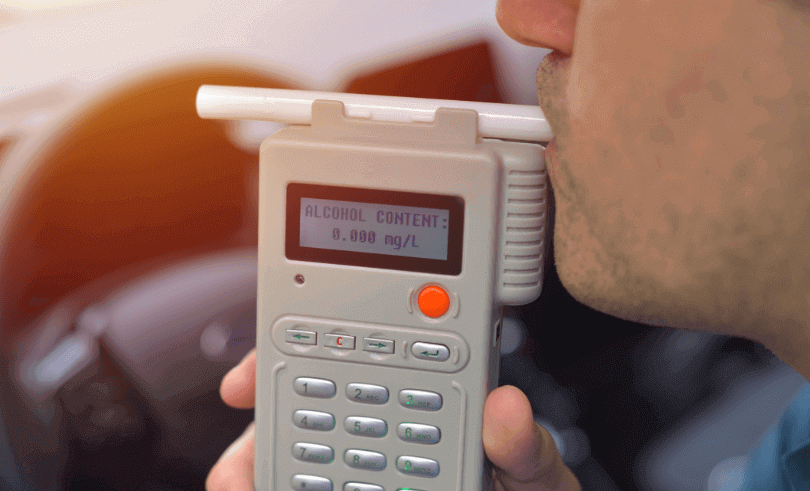If you have been convicted of driving while intoxicated (DWI), the court might impose the installation of ignition interlock devices (IID) in every vehicle you use. An interlock device may also be installed if your license has been suspended because of DWI or if you have two (or more) DWI convictions.
Here at Interlock Install, we guarantee efficient interlock installation so you can complete your interlock requirements with ease. However, ignition interlock devices are not perfect. While rare, it is possible that you will experience problems with your ignition interlock device.
Troubleshooting Prevalent Ignition Interlock Device Issues
To troubleshoot ignition interlock device issues with ease, a thorough understanding of how the device is used and how it works is crucial. Below are some of the most common ignition interlock device issues you will encounter and how you can address them:
The device won’t turn on
If the ignition interlock device won’t turn on, the most common culprit is the battery. In most cases, it is either low or has died completely. In line with this, check your vehicle battery first to ensure it’s working. At times, ignition interlock devices can drain the vehicle’s battery.
Other times, the battery fails on its own and prevents the IID from starting. Whatever the case may be, your car’s battery is the first thing you should look into. If the device still won’t turn on after you have changed your battery, it is recommended that you check with your local service provider for help.
You are prompted with an “Invalid Sample” warning
The “Invalid Sample” prompt appears when your IID detects an irregular breath sample after a test. If you see the “Invalid Sample” error, take a moment to regroup. Often, the problem can be attributed to your failure to conduct the testing properly.
Remember the training you were given when the device was installed. Once you are more relaxed, repeat the test and make sure you follow the correct blowing procedure. If you still receive the same message, your device might require servicing.
You are prompted with “Service Lockout”
Your device needs to be serviced within specified periods (usually 30 to 60 days), depending on your state’s requirements. If your vehicle is not taken to the service location within the period required, you will get locked out and prompted with the “Service Lockout” error.
Typically, the device displays a service countdown several days before you are locked out. A lockout can be frustrating for many, and it must be handled according to the state’s requirements.
To make things easier for you, we can perform a service appointment at a location that’s convenient for you. While the mobile service can cost you money, it’s a small price to pay for the peerless ease and convenience you will enjoy.
You encounter user error lockouts
Your IID is designed to lock you out when you fail the breathalyzer test. However, as mentioned earlier, the device is not perfect yet. This means the device can lock you out for reasons other than failing the breathalyzer test.
To prevent a user-error related lockout, ensure you observe the following:
- Wait for 10 to 15 minutes after drinking or eating
Your IID might not be able to read your sample accordingly if you use it directly after eating or drinking. Ideally, you should wait at least 10 to 15 minutes after you have eaten to take the test. Otherwise, there is a possibility you will fail the test even if you have not consumed a drop of alcohol.
- Ensure you provide a proper sample
There are different methods of sampling depending on your device. Using whatever technique you want won’t do. Ensure you follow the proper procedure taught to you, regardless of whether it’s using quick in-and-out breaths or blowing for a long time.
The device malfunctions
Even if used correctly, there are still instances when the device can malfunction. To avoid similar problems, it is crucial that you don’t miss an appointment to have the device calibrated or serviced.
If the device still malfunctions even if you have kept all your service appointments, the following might be the culprit:
- Electrical error
Electrical problems can be caused by the vehicle or the device itself. If it’s not getting enough power from the car, the device might not be able to receive samples at all. This is a common occurrence with outdated vehicles. This can also happen if you have peripherals like heads-up displays, advanced comfort devices, and speaker systems.
- Testing tube build-up
Particles from the car or your breath can build up in the tube designed to receive your samples. This can result in failed tests even if you have not consumed anything alcoholic. In line with this, ensure your service appointments will always include test tube cleaning.
Final Thoughts
It is reassuring to know that most IID issues can be easily avoided if you observe the correct testing procedures, follow your program requirements, and read your device manual. If you encounter problems you cannot address properly, get in touch with a professional, so any issues and concerns are resolved accordingly.





